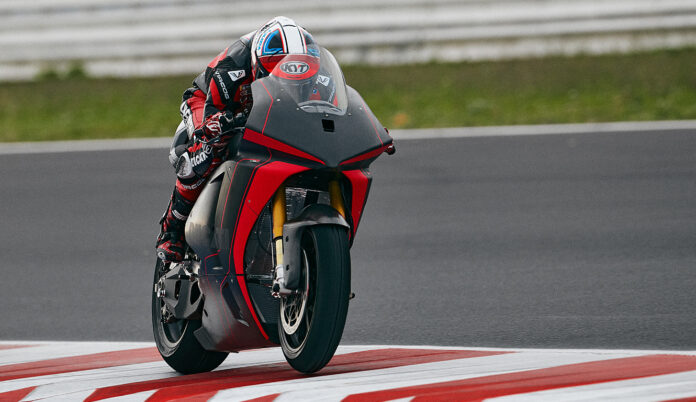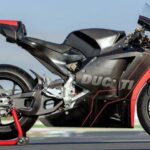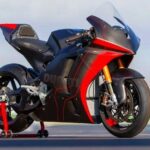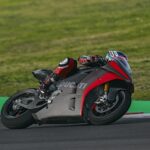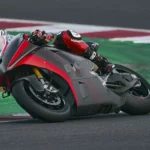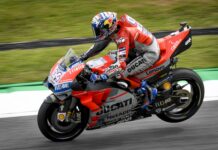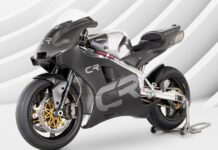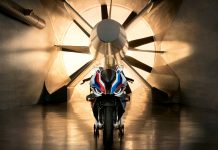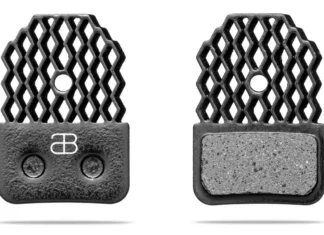The Misano World Circuit Marco Simoncelli was the place where back in October was announced that starting from 2023 Ducati will be the sole supplier of motorcycles for the Moto E, the electric class of the MotoGP World Championship. The same venue Misano Circuit, is where the Ducati motorcycle prototype code-named “V21L” first took to the track.
Ducati test rider Michele Pirro was riding the future Moto E motorcycle, evaluating the technical characteristics and potential of Ducati’s first electric motorcycle.
Michele Pirro, Ducati test rider:
“Testing the MotoE prototype on the circuit was a great thrill, because it marks the beginning of an important chapter in Ducati history. The bike is light and already has a good balance. Furthermore, the throttle connection in the first opening phase and the ergonomics are very similar to those of a MotoGP bike. If it weren’t for the silence and for the fact that in this test, we decided to limit the power output to just 70% of performance, I could easily have imagined that I was riding my bike.”
According to Ducati development of the racing electric motorcycle comes with the challenges related to size, weight and batteries.
Ducati’s goal to provide all FIM Enel MotoE World Cup participants with light, high performance electric motorcycle, characterized by consistency of power delivery, was made possible thanks to broad research & development especially in area of battery range and weight and the cooling system suitable for the objective.
The experience gathered in FIM Enel Moto E World Cup with Ducati Moto E bike will be building block for future development and creation of the first Ducati road electric motorcycle, carrying all the Ducati traits (sporty, light, exiting and able to satisfy all enthusiasts).
Roberto Canè, Ducati eMobility Director:
“We are experiencing a truly extraordinary moment. I find it hard to believe it is reality and still not a dream! The first electric Ducati on the track is exceptional not only for its uniqueness but also for the type of undertaking: challenging both for its performance objectives and for its extremely short timescales. Precisely for this reason, the work of the whole team dedicated to the project has been incredible and today’s result repays us for the efforts made in recent months. We are certainly not finished yet; indeed, we know that the road ahead is still very long, but in the meantime, we have laid a first important ‘brick’.”


